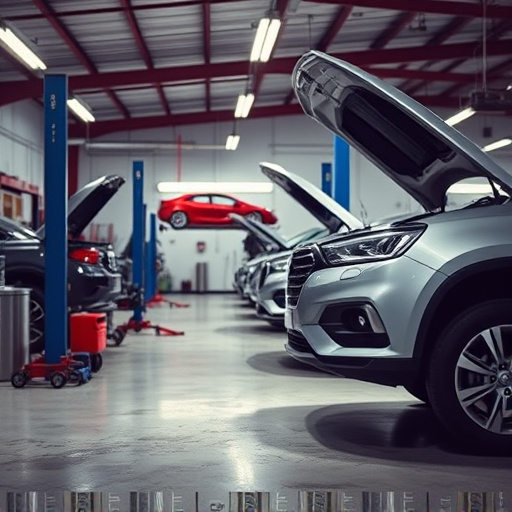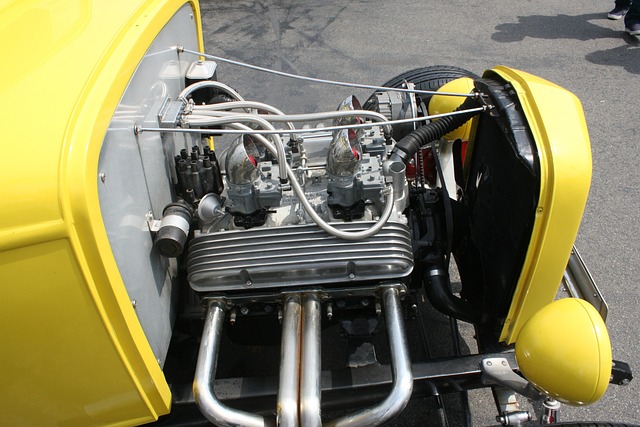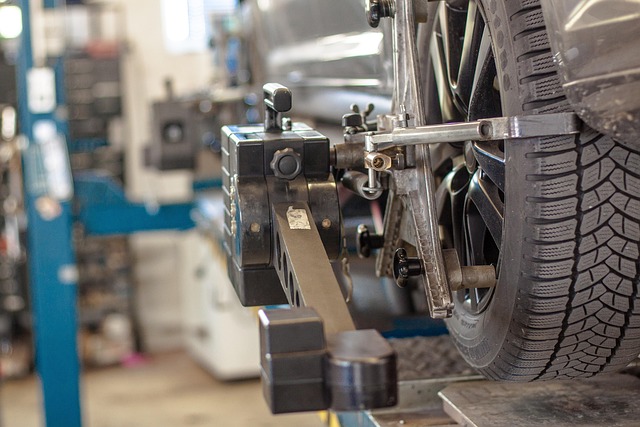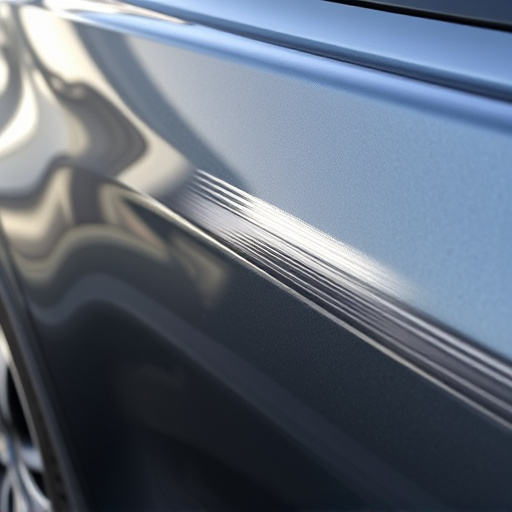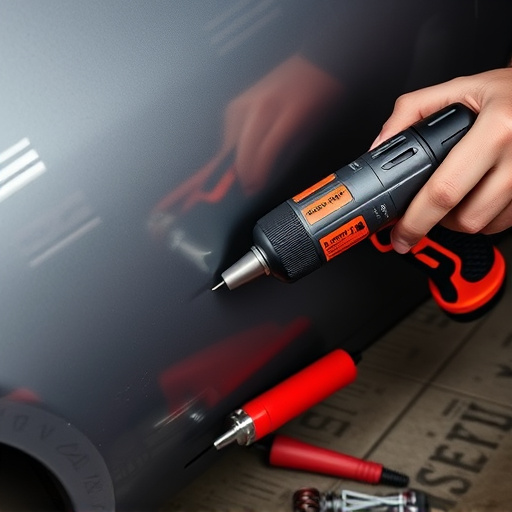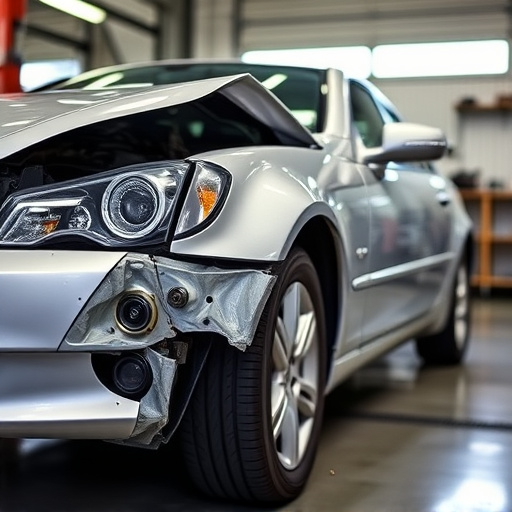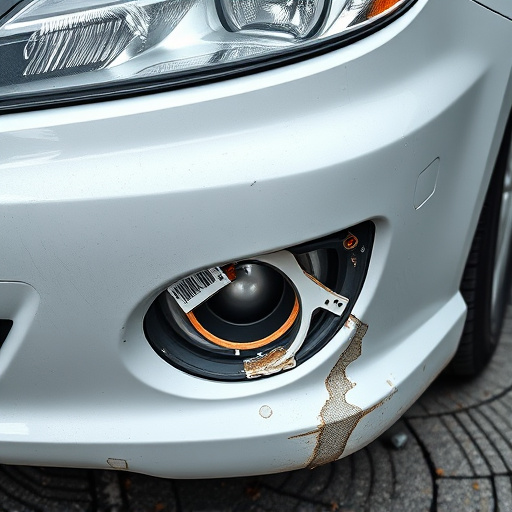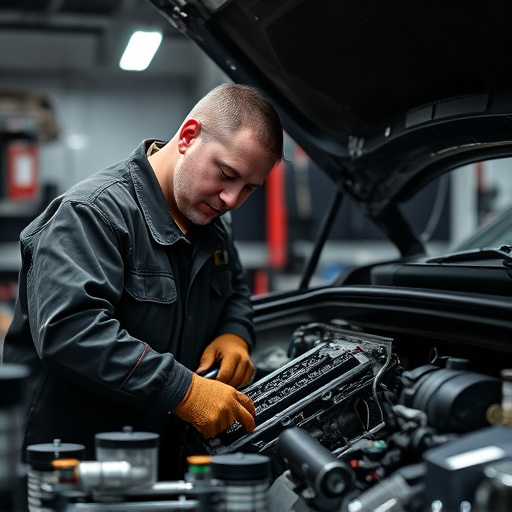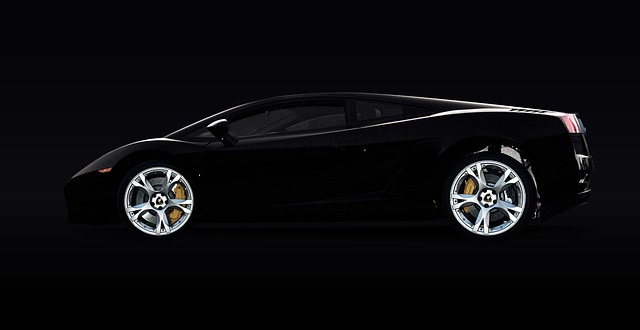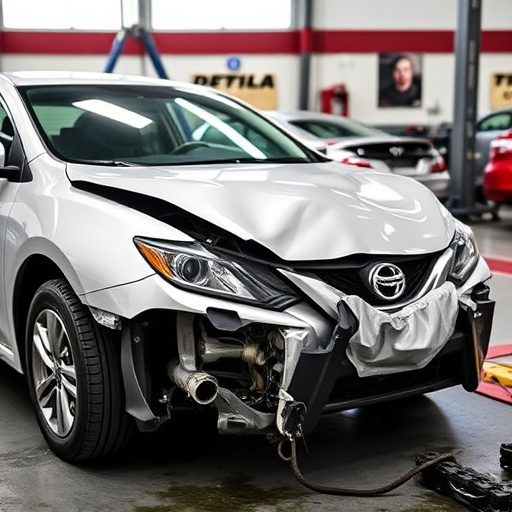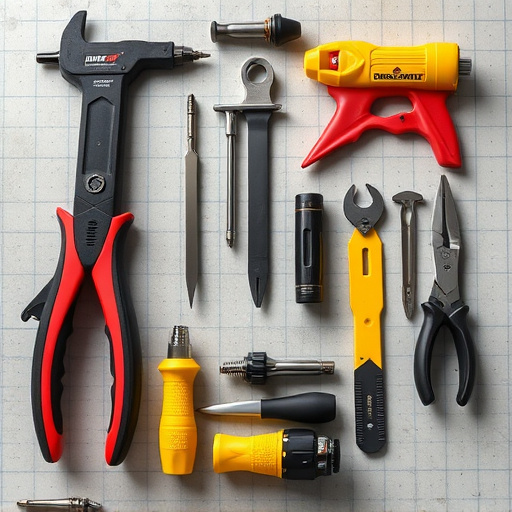The Mercedes 48V system, a critical component for modern vehicle performance and efficiency, requires careful maintenance. Common issues include battery problems leading to low voltage or startup failure, and sensor faults causing erratic behavior. Effective repairs demand specialized services and advanced tools for accurate diagnosis. A systematic approach is vital, utilizing diagnostic software to identify problems like loose connections or control unit malfunctions, with professionals ensuring minimal downtime and optimal system performance after Mercedes 48V system repair.
Uncovering common issues in the Mercedes 48V system repair is crucial for efficient vehicle maintenance. This advanced electrical system, comprising intricate components like batteries and sensors, plays a vital role in modern Mercedes performance. Understanding its functionality and addressing problems promptly is key to ensuring optimal car health. This article explores the Mercedes 48V system’s inner workings, highlights prevalent issues such as battery problems and faulty sensors, and provides troubleshooting techniques for effective repairs.
- Understanding the Mercedes 48V System: Components and Functionality
- Common Problems: Battery Issues and Faulty Sensors
- Troubleshooting and Repair Techniques for Efficient Resolution
Understanding the Mercedes 48V System: Components and Functionality
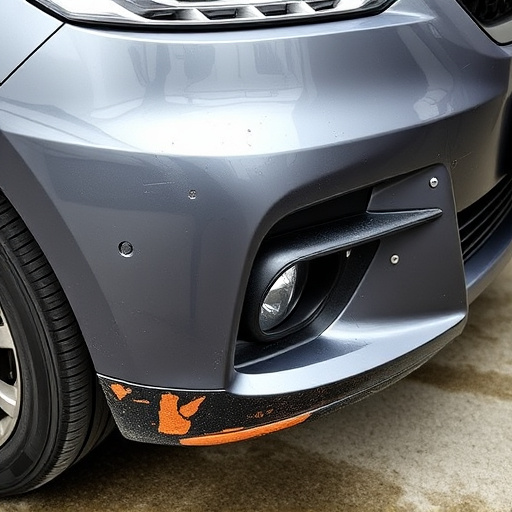
The Mercedes 48V system is a complex network designed to enhance vehicle performance and efficiency. At its core, this system manages the distribution of power across various components, ensuring optimal energy utilization. Comprised of advanced electronics, sensors, and control modules, it plays a pivotal role in modern Mercedes-Benz vehicles’ overall functionality. The system’s primary task is to regulate voltage, providing a steady stream of power to motors, lights, and other electrical systems, thereby improving fuel economy and reducing emissions.
Key components include the 48V alternator, battery, inverters, and various sensors that constantly monitor and adjust power delivery. A malfunction in any of these parts can disrupt the system’s harmony, leading to issues such as reduced motor performance, faulty lighting, or even complete system failure. Common repair scenarios involve fixing problems with the alternator, addressing battery-related issues, or conducting auto body repairs to ensure proper grounding and connection integrity, thus ensuring the Mercedes 48V system operates seamlessly and efficiently.
Common Problems: Battery Issues and Faulty Sensors
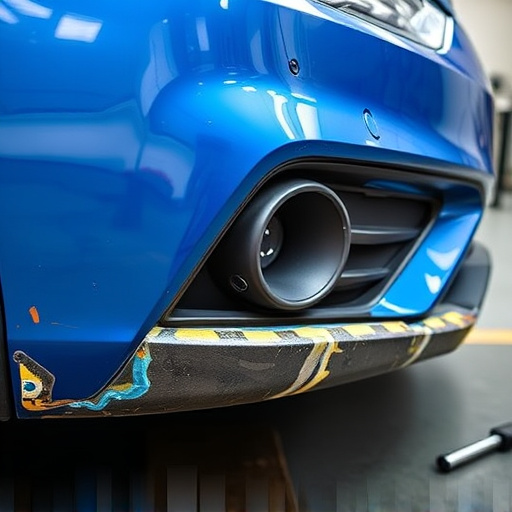
The Mercedes 48V system, while innovative, is not immune to issues that can lead to costly repairs. Two of the most common problems mechanics encounter are battery-related and sensor faults. Battery issues manifest as low voltage readings or a complete failure to start, often due to aging batteries or poor charging systems. These problems disrupt the 48V power flow, affecting various components across the vehicle’s electrical network.
Faulty sensors, on the other hand, can cause erratic system behavior and diagnostic errors. Sensors play a critical role in monitoring and controlling the 48V system, and their malfunction can lead to issues like incorrect voltage regulation, inefficient energy distribution, or even complete system shutdowns. Proper diagnosis of these problems requires advanced tools and expertise, often pointing towards specialized Mercedes benz repair services for effective solutions.
Troubleshooting and Repair Techniques for Efficient Resolution
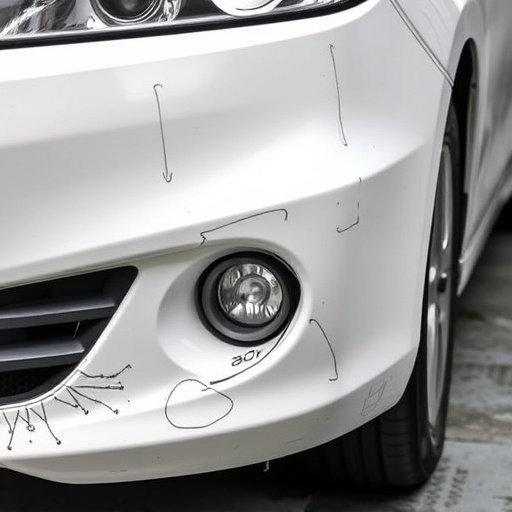
When troubleshooting and repairing a Mercedes 48V system, a systematic approach is essential for efficient resolution. Start by identifying the specific issue using diagnostic tools tailored for this electric vehicle system. Check for common problems like faulty sensors, wiring damage, or battery issues. A quick assessment can often pinpoint the root cause. For instance, a simple voltage drop during startup might indicate a loose connection in the high-voltage network, which is readily addressable through tightening or replacing affected components.
Advanced repair techniques involve specialized knowledge and tools. In cases of more intricate problems like control unit malfunctions or complex wiring issues, consider engaging professionals with experience in electric vehicle (EV) technology. These experts can leverage advanced diagnostic software and precise removal/replacement methods for car dent removal and subsequent system recalibration, similar to processes employed in classic car restoration projects. This ensures minimal downtime and optimal performance upon completion of the Mercedes 48V system repair.
The Mercedes 48V system, a complex yet integral part of modern vehicle electrics, presents unique challenges during repairs. By understanding its components and common issues, such as battery problems and faulty sensors, technicians can efficiently troubleshoot and resolve these issues. Adopting the right repair techniques ensures not only the restoration of optimal system functionality but also enhances the overall reliability and longevity of Mercedes vehicles, thereby prioritizing customer satisfaction in the process.
